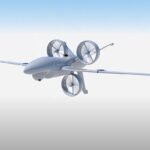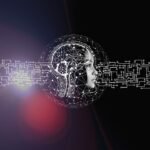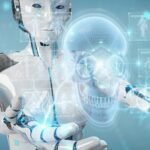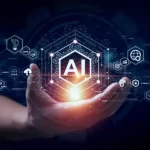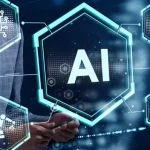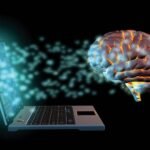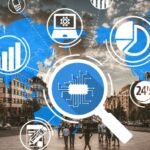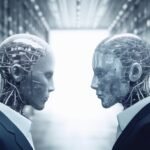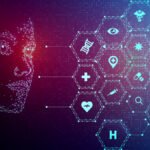How AI-Enabled Root Cause Isolation Can Reduce Risk
Artificial intelligence (AI)-enabled root cause isolation plays a crucial role in incident management strategies, allowing organizations to proactively mitigate the risk of service outages and downtime. In complex IT infrastructure environments with a mix of hardware components and various service delivery architectures, traditional analytics and automation tools can struggle to handle the volume of metrics, events, and log data needed for effective root cause analysis.
AI has emerged as a powerful tool for incident management, going beyond past log metrics data analysis to predict future trends and automate proactive remediation actions or provide guidance for risk management. Here’s how AI-enabled root cause isolation works:
- AI models are trained to understand patterns in log metrics data, representing the behavior of IT infrastructure systems under different load patterns.
- When the AI model detects a pattern of performance issues, it predicts future outcomes based on recent historical events, analyzing situational events and their impact on key metrics like mean time to identify (MTTI) or mean time to resolve (MTTR).
- Unlike traditional automation and analytics, the AI tool provides a list of likely incidents and relevant root causes for a given scenario.
- The AI model identifies the most probable set of nodes related to the root cause incidents and suggests triggers or change requests to reduce the probability of service outages.
- The AI system can autonomously act on actions such as workload management and isolating nodes to contain damages.
- Rather than relying on hardcoded rules, the AI tool is trained to determine optimal system behavior and trigger actions when performance thresholds are exceeded.
- The AI tool uses a predefined knowledge graph and business service models to connect nodes and understand relationships, assigning weights or importance values to prioritize incidents on the knowledge graph.
- With AI-enabled root cause isolation, AIOps teams can focus on innovation and service improvement rather than reactive incident response.
- The quality of data used to train AI models is crucial for their performance, and organizations should ensure rich data that represents relationships between nodes and business service models.
- Collaboration among cross-functional teams and access to comprehensive log metrics data and proposed action triggers are essential for effective AI-driven incident management.
By leveraging AI-enabled root cause isolation, organizations can proactively address issues, minimize downtime, and focus on improving their services. It enables faster and more accurate identification of root causes, empowering teams to make informed decisions and take necessary actions to prevent service disruptions.







